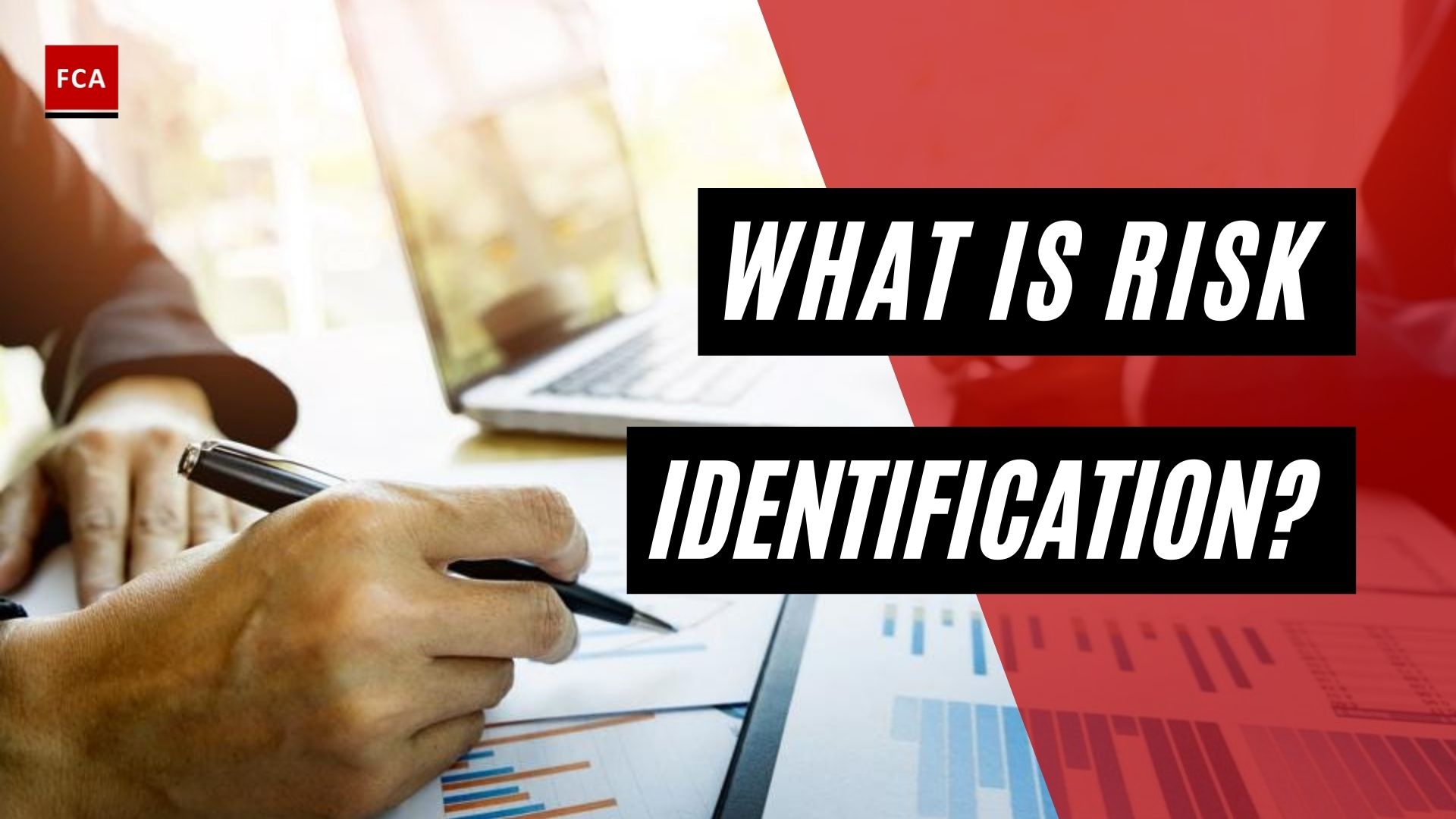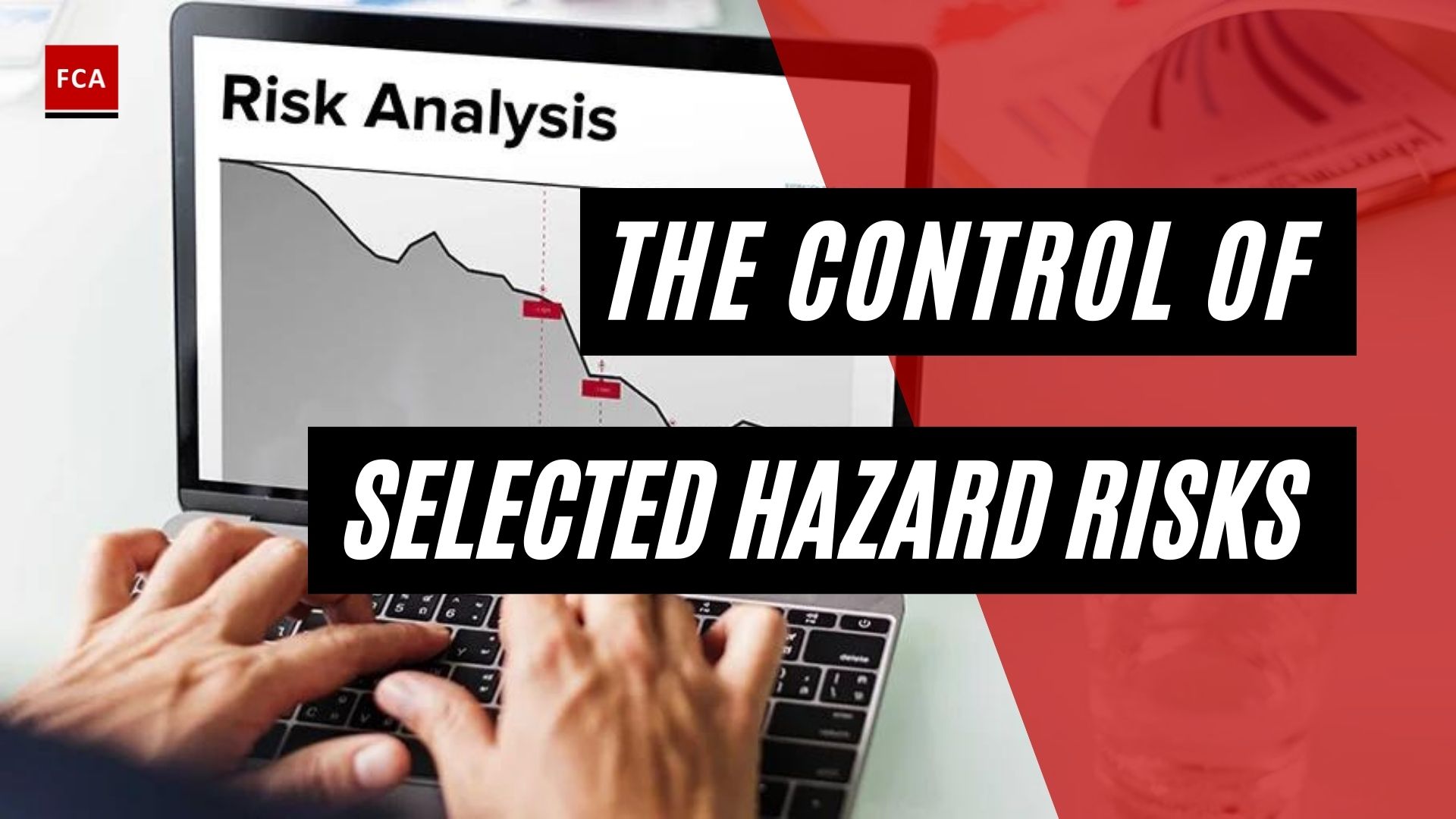Cada negocio opera en un entorno dinámico y, dado el crecimiento y la estructura de los mercados, hay elementos de riesgo inherentes. Este artículo explica el «Marco de Gestión de Riesgos».
El consejo de administración debe reconocer la importancia de identificar y controlar los riesgos y asegurarse de que se han establecido los controles y procedimientos internos necesarios y que están diseñados para salvaguardar los activos e intereses de la empresa para garantizar la integridad de los informes.
Gestión de riesgos es un proceso efectuado por una entidad consejo de administraciónEl objetivo es identificar los eventos potenciales que pueden afectar a la entidad y gestionar las actividades de la misma. riesgo para estar dentro de su apetito de riesgo para proporcionar una garantía razonable en cuanto a la consecución de los objetivos de la entidad.
Objetivos del marco de gestión de riesgos
- Facilitar la gestión proactiva de riesgos;
- Mejorar la comprensión de todos los riesgos a los que se enfrenta la empresa;
- Facilitar la priorización de los riesgos; y
- Aumentar la eficacia de las actividades de gestión de riesgos
Esto nos permitirá tomar mejores decisiones empresariales centrándonos en el riesgo y la rentabilidad, lo que a su vez aumentará el valor del negocio y preservará su solidez y rentabilidad a lo largo del tiempo.
La gestión de riesgos se ocupa de los riesgos y oportunidades que afectan a la creación o preservación del valor y adopta una perspectiva amplia para identificar los riesgos que podrían hacer que una organización no cumpliera sus objetivos.
Objetivos del marco de gestión de riesgos
- Respaldar un enfoque estructurado para identificar los riesgos potenciales actuales y futuros de la organización;
- Disponer de un marco de gestión de riesgos para evaluar la probabilidad y el impacto de cada uno de ellos;
- Establecer y mantener un sistema de controles internos para promover la eficacia y eficiencia de las operaciones, la confiabilidad de los informes financieros y el cumplimiento de las leyes y regulaciones aplicables;
- Asignar cada riesgo a una categoría de riesgo para poder desarrollar y aplicar las estructuras de gobernanza y las políticas y procedimientos adecuados;
- Facilitar la toma de decisiones informadas, incluyendo la priorización de los riesgos identificados en función de la tolerancia al riesgo;
- Facilitar el seguimiento y la información sobre la situación de todos los riesgos al comité de riesgos y al consejo de administración.
- Proporcionar una garantía razonable sobre la capacidad de la organización para alcanzar sus objetivos estratégicos y empresariales.

Funciones y responsabilidades
Diferentes personas, funciones y departamentos dentro de una organización mantienen responsabilidades específicas relacionadas con el marco de gestión de riesgos.
Veamos con más detalle cuatro funciones y sus responsabilidades.
Papel del Consejo de Administración
El consejo de administración tiene la responsabilidad de supervisar todos los riesgos asociados a las actividades de una empresa y establecer un sólido entorno de control interno y un marco de riesgos que satisfaga las expectativas de las partes interesadas de la organización.
El consejo revisa periódicamente el marco de gestión de riesgos y la declaración de política en función de las circunstancias a las que se enfrenta la organización.
Función del Comité de Gestión de Riesgos
El comité de gestión de riesgos proporciona una evaluación global de los riesgos que afectan a las actividades de la empresa y debe reunirse periódicamente (trimestralmente) o antes si los acontecimientos justifican una reunión. El comité de gestión de riesgos es responsable de las siguientes actividades:
- El comité de gestión de riesgos supervisa el proceso global de evaluación y valoración, el progreso de la evaluación de la eficacia del control, las principales deficiencias de control observadas y las contramedidas para solucionarlas. El seguimiento también incluiría los cambios significativos en la evaluación de los riesgos clave o los nuevos riesgos identificados, si los hubiera;
- Revisar y aprobar las modificaciones de las políticas, procedimientos, apetito de riesgo y otros parámetros de riesgo existentes de forma periódica (al menos anualmente).
- El comité es responsable de una revisión exhaustiva de este documento político con carácter anual.
Por lo general, los miembros de un comité de gestión de riesgos son el director general, el director financiero, el jefe de inversiones y otros jefes funcionales clave, como los de asuntos jurídicos, riesgos y cumplimiento.

Función del Jefe de Gestión de Riesgos
El jefe de la función de gestión de riesgos tiene la responsabilidad general del desarrollo y la implementación de los principios y marcos de control de riesgos. El riesgo y el control violan los límites y procesos en todas las categorías de riesgos que enfrenta la organización.
Las principales responsabilidades del jefe de gestión de riesgos incluyen
- Proporcionar el liderazgo general, la visión y la dirección de la gestión de riesgos de la empresa;
- Establecer un marco de gestión de riesgos integrado para todos los aspectos de los riesgos en toda la organización;
- Desarrollar políticas de gestión de riesgos que incluyan la cuantificación del apetito de riesgo de la dirección;
- Desarrollar una metodología de evaluación de riesgos que esté alineada con los objetivos empresariales a nivel estratégico, táctico y operativo;
- Garantizar la existencia de sistemas de información eficaces que faciliten la gestión global de los riesgos en la institución; y
- Desarrollar los sistemas de análisis y las capacidades de gestión de datos para apoyar la gestión de riesgos
Papel de los jefes de función y de los responsables de riesgos y controles
Los propietarios de los riesgos y controles son el personal que está mejor situado para influir y gestionar los sectores de riesgo/control o que está mejor situado para informar sobre los riesgos y controles. De forma continua, los propietarios de los riesgos y controles supervisan sus áreas en busca de nuevos riesgos y eventos o evalúan los cambios en la exposición al riesgo, además de llevar a cabo una evaluación periódica de los controles en línea con lo anterior.
En concreto, los propietarios de riesgos y controles dentro de las unidades de negocio y los departamentos son responsables de:
- Identificación y evaluación continuas de los riesgos dentro de la empresa y las operaciones;
- Seleccionar y aplicar las medidas de riesgo en el día a día si es necesario;
- Gestionar determinados riesgos específicos bajo la dirección del comité de gestión de riesgos;
- Revisar la eficacia, la eficiencia y la idoneidad del proceso de gestión de riesgos y abordar las posibles deficiencias; y
- Mantener mecanismos de gestión de riesgos o marcos de control eficaces y rentables en función de la evolución de la actividad
Reflexiones finales
Como todos sabemos, todas las empresas se enfrentan a riesgos, y sin ellos, las recompensas son poco probables. Una gestión eficaz de los riesgos puede aportar un enorme valor a cualquier organización. En concreto, las empresas que operan en el sector de la inversión y las finanzas se apoyan en gran medida en la gestión de riesgos como base que les permite prevenir los riesgos de BC/FT.








